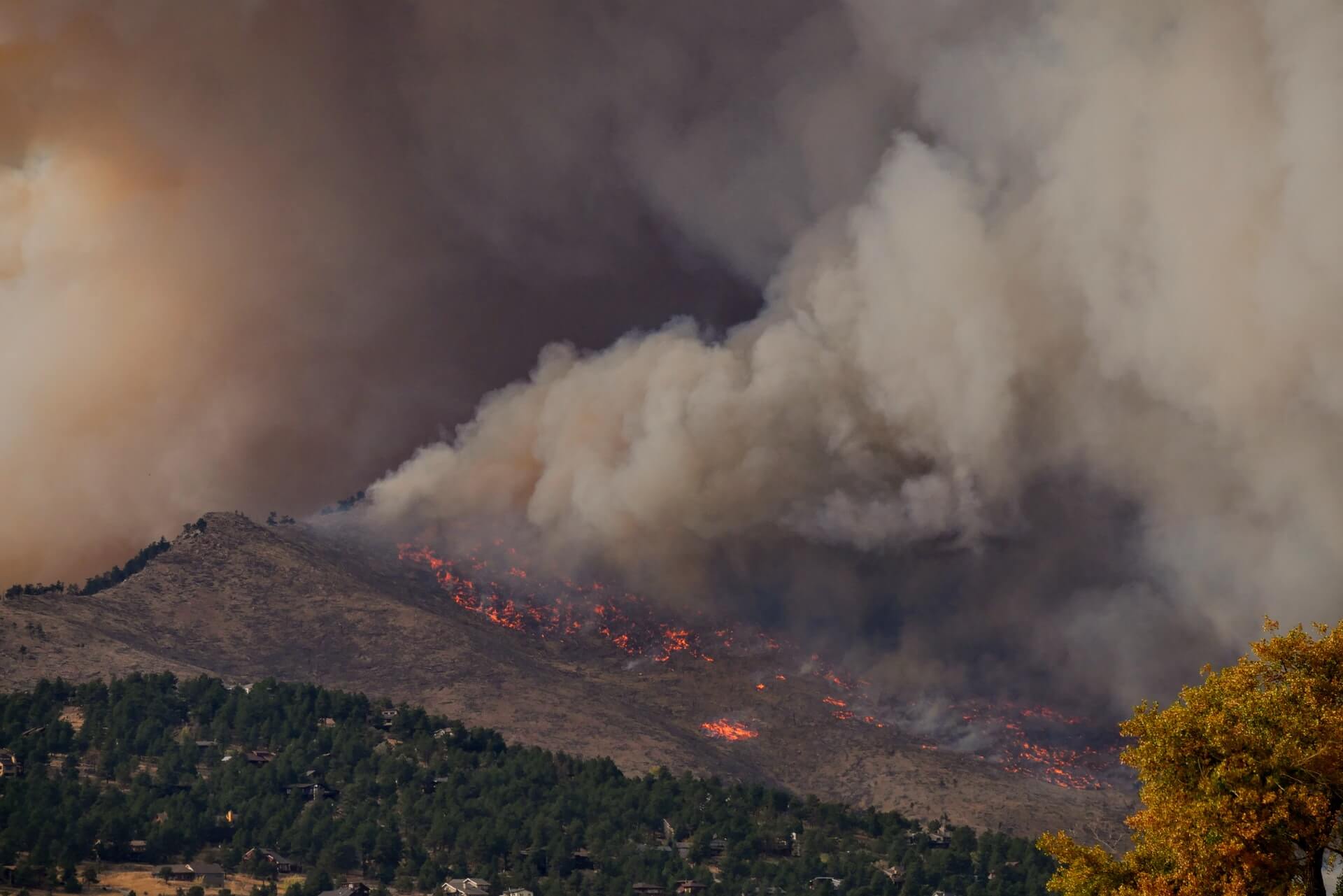America, spare me your thoughts and prayers. Get off your backsides and do something. Wringing hands over the gun lobby, lamenting the love of guns by so many Americans, these won’t do anymore.
The best argument against a bad argument is a better argument. Let us unpack that argument and make it.
I understand the love of guns. I grew up in Africa and I enjoy firing them, love handling them, thrill at their majesty, and admire their craftsmanship. When you handle a firearm, you are handling something awesome, refined power in a form that you can carry.
Therefore, let us start the argument for a new gun regime by eschewing any idea that we are going to ban guns outright, take them away from their owners and collectors who treasure them; no federal marshals will be going door to door confiscating weapons.
You can dream of that, but it won’t happen. You can dream that like Australia, Britain and most of Europe, guns will be kept under lock and key for the enthusiasts. It won’t happen either, though we can start down that road by ending the disingenuous claim that guns make you safe.
Instead, dream of a country where certain guns aren’t available to the public; where guns have better safety devices; where our children aren’t slaughtered, whether it is in Uvalde, Texas, or Newtown, Connecticut; and where the Constitution is honored as written.
First, we should clamp down on assault rifles, designed for use in war, not for sport or self-defense. We should cherish marksmanship, even teach it in schools, which is where I learned to shoot one round at a time. We should inspire the National Rifle Association to return to its original purpose: teaching marksmanship and gun safety.
We should disentangle masculinity, patriotism, fear of government and love of freedom from the possession of automatic weapons, now so promiscuously available. Buyback schemes could take millions of them off the streets.
I offer these as ideas, but they’re not prescriptions. Before we solve the gun carnage in homes, in schools and other places, and on the streets of our great cities like Chicago, we need to think. We need to think about what can be done, not what is inarguably out of reach: With 400 million guns in private hands, to think about confiscation is insane.
Some more thoughts:
Traditionally, social engineering has been practiced through taxation: Introduce it to guns. Tax gun sales heavily, just as we tax liquor and tobacco. But exempt gun clubs, where weapons are kept safely, as happens in many countries.
Then tax ammunition equally severely, but exempt ammunition used at ranges and in controlled gun-sport environments.
Draw a firm line between sporting weapons and automatic weapons of mass destruction, which is what they are. A quail hunter in Georgia shouldn’t have a problem applying for and getting a tax exemption on a shotgun and ammunition.
Take the profit out of selling guns. Eight states operate liquor stores. That worked fine when I lived in Virginia, and it did offer society some control; a kind of check on excess because there is no pressure to make a profit.
If you think nothing can be done because of the Second Amendment, go to the Constitution and read it. Over the decades, it has been alleged to extend a banal entitlement for all and any to carry the latest military weapons. The framers couldn’t have intended that because they couldn’t have conceived of the vast improvement in the lethality of weaponry that has occurred over time.
The bit about “a well regulated Militia”? Let us have some realistic originalism about what the framers meant.
It is a tough thing to do, but the media can make the case for gun-smarts by showing the shattered bodies of the little victims: torn limbs, scattered brains, young, beautiful, innocent, precious blood everywhere.
If we don’t get gun-smarter, this will be a new normal: dead children, randomly slaughtered, sometimes by children. Thoughts and prayers will neither save their lives nor ameliorate the unbearable suffering of their parents. They are weeping today in Texas. Where will they weep tomorrow?









